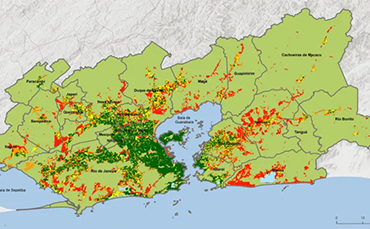


Keynote Speech

Pietro Elisei
President of the International Society of City and Regional Planners
The Unsustainability of Emergency Thinking
Pietro Elisei pointed out that globally, bay area cities are affected by various natural disasters, such as land submersion, storms, and sea erosion. These disasters not only damage habitable land and urban infrastructure, causing significant socioeconomic impacts, but also threaten the natural environment and biodiversity. When discussing these challenges in cities, emergency thinking is unsustainable. The issues must be fundamentally addressed through resilient development. He emphasized two key aspects: first, adopting preventive planning to provide continuing resources for sustainable solutions; and second, implementing adaptive measures to address long-term climate change by building resilient infrastructure to withstand extreme weather events.

He also noted that an integrated approach should be adopted to promote urban resilience, combining risk assessment with ongoing efforts. In this process, it is essential to leverage the governance capacity of public sectors while also encouraging community participation. At the same time, it is important to utilize multidisciplinary knowledge and technological tools and to emphasize the connection between cities and nature.
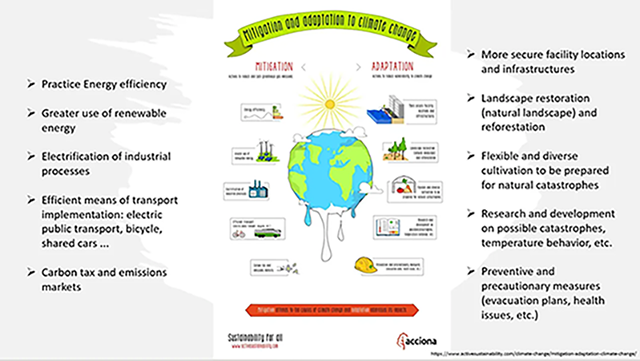
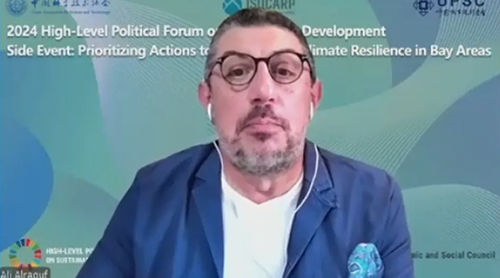
Ali Orlov
Professor at Hamad Bin Khalifa University in Qatar
How the Coastal City of Doha is Moving Toward an Innovative Future
Ali Orlov used the example of Doha, Qatar, to illustrate how to shape the future of bay area cities. He emphasized that for bay area cities, maintaining a balance between protecting nature and achieving development goals is crucial. One key aspect is understanding the relationship between the city and water. For bay area cities, the influence of water is often deeply rooted in history, shaping the uniqueness of urban spaces. Integrating water into the city’s development vision effectively not only enhances urban climate resilience but also makes the city more dynamic.
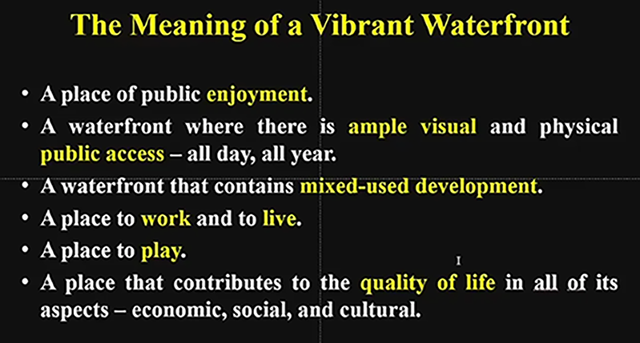
As a bay area city that developed from a fishing village, Doha's first urban plan proposed that the relationship between the city and water should be sacred and eternal. Water has been crucial to Doha’s development and evolution. In the past, this influence was primarily reflected in spatial aspects. Today, when considering the relationship between the city and water, it is essential to respond to climate change not only in terms of the urban development but also the preservation of Doha's cultural identity as a bay area city. To this end, Doha has turned from building more skyscrapers and massive structures to embracing a compact urban development model. In its architectural design and spatial planning, Doha emphasizes and preserves the connection between the city, people, and water, respecting its historical past while shaping a brighter future.
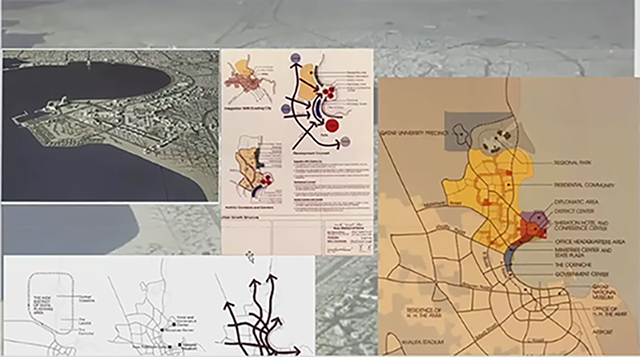


Iliana Barbosa
Professor at the School of Architecture and Urbanism, Federal University of Rio de Janeiro, Brazil
The Current Development Status of Rio de Janeiro and Guanabara Bay
In her presentation, Iliana Barbosa stated that during the urbanization process, cities like Rio de Janeiro, located in Guanabara Bay, have faced severe conflicts with the bay's water environment. The urbanization of the entire Guanabara Bay has been accompanied by poverty, vulnerability, and a lack of infrastructure. While enjoying the prestige of being a UNESCO World Heritage site, Rio de Janeiro is not only highly susceptible to flooding but has also suffered significant environmental degradation due to the discharge of pollutants from residential, industrial, and agricultural sources.

Iliana Barbosa presented three case studies showcasing environmental improvement efforts in Rio de Janeiro and Guanabara Bay. The first case is "Localization of Global Climate Action," which involves developing climate change solutions through discussions among experts, students, and residents while promoting these initiatives within local communities. The second case is "Forest-City," which aims to enhance urban resilience by converting some urban construction land into agroforestry areas, thereby protecting the indigenous residents' rights. The third case is the "Urban Water Research Laboratory," which focuses on enhancing water resilience through nature-based solutions to improve the conditions of urban sanitation facilities.

Source: https://mp.weixin.qq.com/s/6K6dQpF4uDfahJ3xU8XYIA <https://www.planning.org.cn/news/view?id=14716&cid=12>
Translated by He Huiling